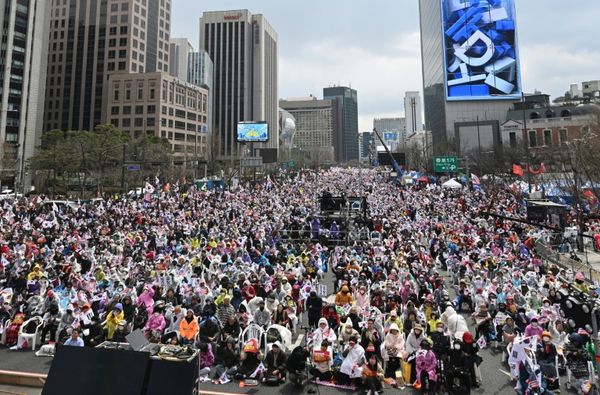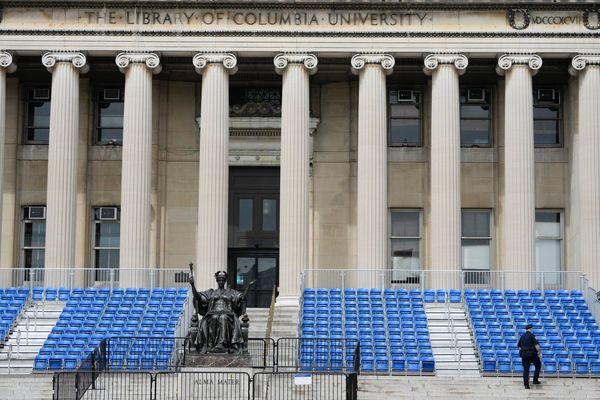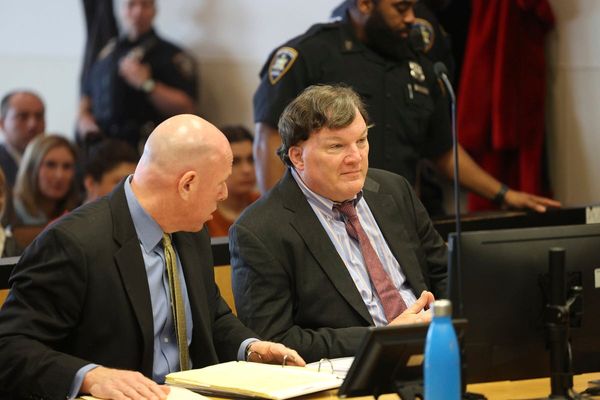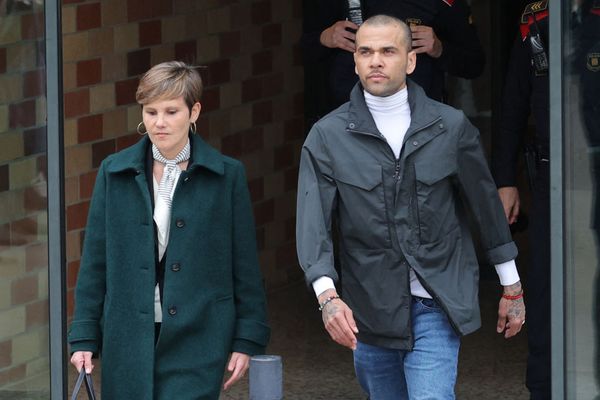If Giuseppe Verdi's Messa Da Requiem is all about the inevitability of death, then Christian Spuck's version of his masterpiece is well worth seeing before that day comes.
Performances at the Adelaide Festival have brought audiences to their feet for sustained ovations following each performance so far.
Spuck seems almost surprised at the warmth of the response and says he's simply pleased to give the performers a means to share their artistry.
"They inspire each other on stage and they just start to fly and create something - that makes me happy," he told AAP.
There are about 200 performers bringing Verdi's music, and Spuck's choreography, to life.
They include the Ballett Zurich, in Australia for the first time, the Adelaide Symphony Orchestra, and a massed chorus of about 80 singers.
There are also top-class Australian opera soloists with tenor Paul O'Neill, soprano Eleanor Lyons, mezzo soprano Caitlin Hulcup and bass Pelham Andrews.
"I don't know of any other production in the world that turns Verdi's Requiem into a ballet and an opera - we've been calling it a Bopera but I don't think Christian would approve of that," festival director Ruth Mackenzie told AAP.
"It's so impressive, I'm not surprised the audience are jumping to their feet."
With such a massive cast, there's a lot happening onstage at any moment - the audience can simultaneously take in the dancers, the efforts of the soloists, or the choreographed movements of the chorus.
The Requiem is a Catholic funeral mass: the Latin lyrics are a supplication to God to spare the dead from the fires of hell and eternal damnation.
Verdi originally wrote the music for Italian poet Alessandro Manzoni following his death in 1873, and the piece was hugely popular, with audiences in concert halls across Europe.
The composer himself was no stranger to grief. His first wife and two children died within the space of three years.
His Requiem is usually complete simply as a musical performance, yet there have been more than a few recent attempts to add a visual dimension, using motifs such as skulls or car crashes, or even the 2011 Fukushima nuclear disaster.
But in Spuck's treatment, everything onstage is born directly from the music, creating what he says must necessarily be an abstract choreography.
"If we created a story around it, I would feel we were using the music to benefit our ideas," he said.
"I think that the music is too grand, it's too genius for that."
Christian Schmidt's post-apocalyptic stage design is minimalist and monochromatic, a stage floor covered in black particles suggestive of ashes, surrounded by three grey walls.
It makes for some memorable moments: at one point, the chorus turns from the audience to scrawl on the walls in white chalk, rubbing away their words as soon as they are written.
Inspired by Jerusalem's Western Wall, Spuck had asked them to write private messages on topics such as the meaning of music or death - words that the audience cannot read.
The Messa Da Requiem is a work of extreme humility, and Spuck, who describes himself as a deep fan of Verdi, has this quality in good measure despite the rapturous festival audiences.
When asked what the composer would have thought of his treatment he pauses for some moments and says he genuinely doesn't know.
"I think this work in particular, I would be ashamed if he would see that," he said.
"I don't know. It would flatter me if he would have liked it a little bit."
AAP travelled with the assistance of the Adelaide Festival.







